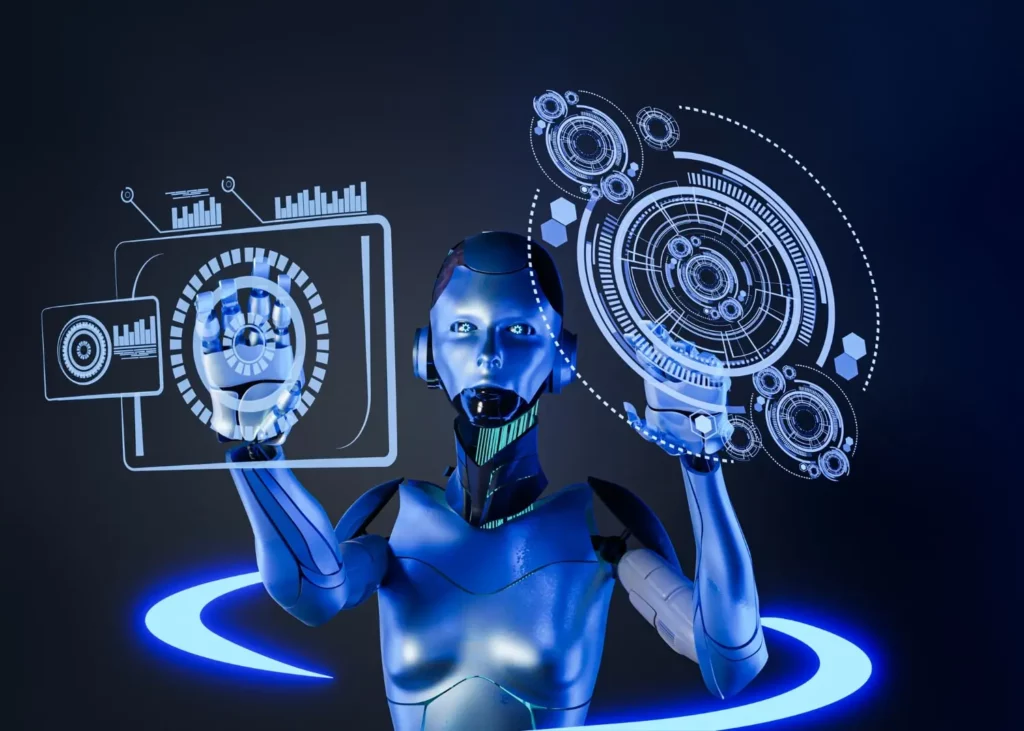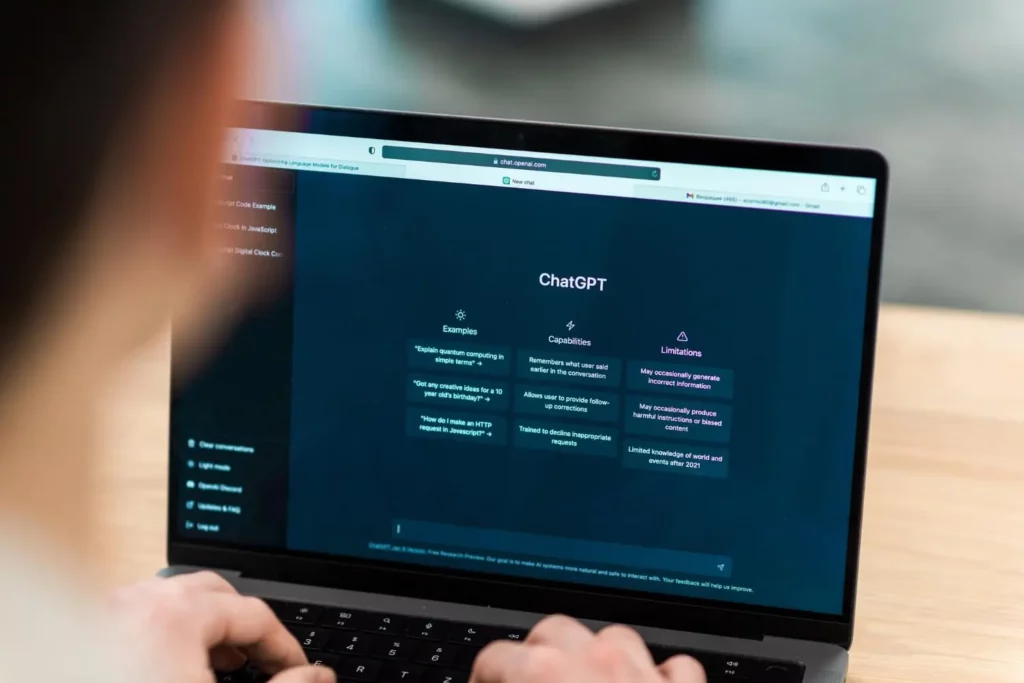The emergence of artificial intelligence (AI) technologies has revolutionized the way we live and work in many ways. One such area where AI is bringing transformative change is in the field of architecture and house design. AI-powered house design has the potential to revolutionize the way we design and build houses, improving building efficiency, reducing costs, and making the entire process of house design more accessible. In this article, we will explore the key features and benefits of AI-powered house design, and how it has the potential to shape the future of architecture and design.
What is AI-Powered House Design?
AI-powered house design is a technology that uses machine learning algorithms and other AI technologies to automate and optimize various aspects of house design. This technology can simulate different design scenarios, analyze data and suggest design changes that can make houses more efficient, cost-effective and sustainable. AI-powered house design is a collaborative effort between architects, engineers, and programmers, and AI technology enables them to work more efficiently and collaboratively, leading to better outcomes.
Benefits of AI House Design
- Cost-Effective Designs: One of the major benefits of AI-powered house design is that it can help reduce the overall cost of house design and construction. The technology can simulate different construction scenarios, analyze data, and recommend design changes that can reduce material waste and lower the overall cost of construction.
- Improved Building Efficiency: AI-powered house design can also improve building efficiency by optimizing the layout, orientation, and internal systems of a building. The technology can analyze data on factors such as sunlight, temperature, and wind patterns to determine the best location and orientation for a building, as well as suggest energy-efficient systems such as HVAC and lighting.
- Sustainable Designs: Another key benefit of AI-powered house design is that it can help create more sustainable and environmentally friendly buildings. By analyzing data on factors such as energy usage, water consumption, and carbon emissions, the technology can suggest design changes to reduce the overall environmental impact of a building.
Key Features of AI-Powered House Design
- Data Analysis: AI-powered house design relies on data analysis to optimize various aspects of design and construction. The technology can analyze vast amounts of data on factors such as building codes, environmental conditions, and construction materials to suggest design changes that improve building efficiency and sustainability.
- Collaboration: AI-powered house design is a collaborative effort between architects, engineers, and programmers. The technology enables these professionals to work together more efficiently and effectively, leading to better outcomes.
- Automation: The use of AI technologies such as machine learning algorithms and natural language processing can automate various aspects of house design. This automation can lead to lower costs, reduced errors, and faster delivery times.
Challenges and Limitations of AI House Design
- Complexities in Design: AI-powered house design may struggle with complex design scenarios that require creative and innovative thinking. The technology may not be able to capture the nuances of human imagination, leading to suboptimal designs.
- Reliance on Data: AI-powered house design heavily relies on data analysis, and the accuracy and reliability of the data can affect the quality of the designs. If the data used in the design process is not accurate or reliable, it can result in suboptimal designs.
- Skills Gap: The adoption of AI-powered house design requires specialized skills in AI technologies, architecture, engineering, and programming, and the shortage of skilled professionals in these fields can limit the widespread adoption of the technology.
Future of AI House Design
AI-powered house design has the potential to transform the way we design and build houses, making the process more efficient, cost-effective, and sustainable. The technology has already made significant progress in optimizing specific areas of house design, such as HVAC and lighting systems. However, there is still room for improvement, and more research is needed to explore the full potential of AI-powered house design.
With the adoption of AI technologies, architecture and house design are poised to enter a new era, with greater efficiency, sustainability, and affordability. As the technology continues to evolve, it is a matter of time before AI-powered house design becomes mainstream, delivering greater value, and making quality housing more accessible to everyone.










